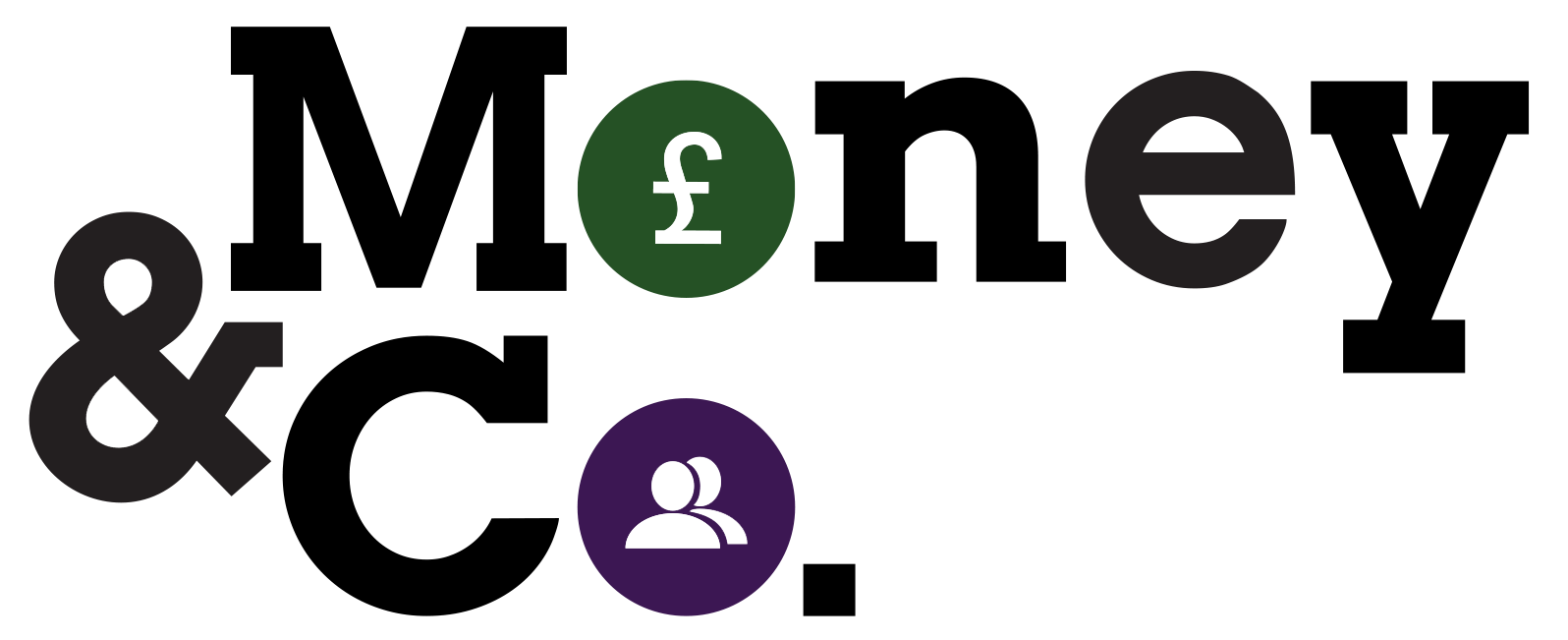Mainstream Banks Could Reap Multi-Billion Digital Bonanza
 The trend towards convergence between mainstream and digital banking is well established – and regularly reported in this News site. But whose business model is changing? Are the mainstream banks adapting to the digital way of doing business, or is it the other way around? News brought by our friends at Altfi indicates that the mainstream may need to be the more flexible sector.
The trend towards convergence between mainstream and digital banking is well established – and regularly reported in this News site. But whose business model is changing? Are the mainstream banks adapting to the digital way of doing business, or is it the other way around? News brought by our friends at Altfi indicates that the mainstream may need to be the more flexible sector.

Banks have an opportunity to earn $518bn more per year in revenues by 2025 by copying the business models of digital-only challengers, according to a new report from Accenture.
The models of nearly 100 leading traditional banks and over 200 digital-only players in 11 countries across North America, Europe, Asia-Pacific, and Latin America were analysed by Accenture which found that pressure of revenues is building in the banking system.
What started as somewhat small revenues being earned by digital-only banking players is now building into a steady and quickly growing wall of cash from the new wave of competitors.
The report notes that with a total rethinking of large banks business models and embracing strategies similar to digital-only banking and financial services new entrants, traditional banks could boost revenues by nearly 4 per cent.
“On the surface, the banking industry appears healthy, with big banks posting robust revenues and profits,” said Michael Abbott, a senior managing director at Accenture and leader of its banking practice.
A closer look, however, suggests that the combined effect of more than a decade of low-interest rates, fee compression from increased competition, and undifferentiated product offerings is slowly eroding banks’ share of gross domestic product, Abbott says.
“In many markets, banking and payments revenues are flowing from incumbents to new entrants. To re-ignite growth, traditional banks need to reimagine how they create and deliver compelling products that focus on customers’ intentions. That will require rethinking their vertically integrated business models.”
Purely moving to the digital sphere is no longer a differentiator though, says Dilnisin Bayel, a managing director in Accenture’s Strategy & Consulting group in the U.K.

- The latest £77,600 loan offering, yielding seven per cent and risk-rated A, is 1per cent funded.
The lender is seeking to fund claims for financial mis-selling. The term of the loan is 15 months.
Below are some details from the borrower’s pitch – as ever, we’ve done due diligence but cannot warrant or guarantee the truth of the representations. For full detail, register or log in here.

Historical Performance And IFISA Process Guide
- Money&Co. lenders have achieved an average return of more than 8 per cent gross (before we deduct our one per cent fee).
That figure is the result of over £24 million of loans facilitated on the site, as we bring individuals looking for a good return on capital together with carefully vetted small companies seeking funds for growth. Bear in mind that lenders’ capital is at risk. Read warnings on site before committing capital.
- Money&Co. has been lending for over 5 years and has only had two bad debts so far, representing a bad debt rate of 0.03 per cent per annum.
All loans on site are eligible to be held in a Money&Co. Innovative Finance Individual Savings Account (IFISA), up to the annual ISA limit of £20,000. Such loans offer lenders tax-free income. Our offering is an Innovative Finance ISA (IFISA) that can hold the peer-to-peer (P2P) business loans that Money&Co. facilitates. For the purposes of this article, the terms ISA and IFISA are interchangeable.
So here’s our guide to the process:
- Step 1: Register as a lender. Go to the login page, and go through the process that the law requires us to effect. This means we have to do basic checks on you to comply with money-laundering and other security requirements.
- Step 2: Put money into your account. This is best done by electronic transfer. We can also process paper cheques drawn in favour of Denmark Square Limited, the parent company of Money&Co.
- Step 3: Buy loans in the loan market. Once you’ve put cash in your account it will sit there – and it won’t earn interest until you’ve bought a piece of a loan. It’s this final step that requires lenders and IFISA investors to be pro-active. Just choose some loans – all loans on the Money&Co. site can be held in an IFISA – and your money will start earning tax-free interest.
The ISA allowance for 2020/21 is unchanged from last tax year at £20,000, allowing a married couple to put £40,000 into a tax-free environment. Over three years, an investment of this scale in two Money&Co. Innovative Finance ISAs would generate £8,400 of income completely free of tax. We’re assuming a 7 per cent return, net of charges and free of tax here.
Once you have made your initial commitment, you might then consider diversifying – buying a spread of loans. To do this, you can go into the “loans for sale” market. All loans bought in this market also qualify for IFISA tax benefits.

Risk: Security, Access, Yield
Do consider not just the return, but the security and the ease of access to your investment. We write regularly about these three key factors. Here’s one of several earlier articles on security, access and yield.
